The initial chase scene of the film Johnny English Reborn took place in a hostel of Chungking Mansion, which was renamed to ‘Kowloon Paradise Hotel’ in the film. The everyday hostel was used as a hiding spot for one of the Vortex members. The old, rundown style of the hostel gave the scene a mysterious atmosphere; it showed that the Vortex member was hiding from someone by blending in with the locals. This can further be seen by the interior of the room; the room is small and messy. You can tell that the man had stayed there for a while by hanging shirts, an untidy bed and table, and the man’s relaxed, old clothing.
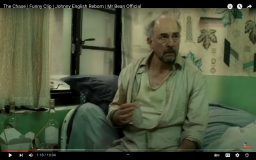
After the conversation between Johnny and the man, the man gets shot by an old cleaning lady, who is just about a few meters opposite to the room. This scene further exemplifies the density of the building by zooming out of the room and showing the narrow corridors and the perpendicular distance between them.
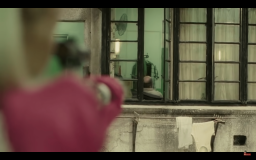
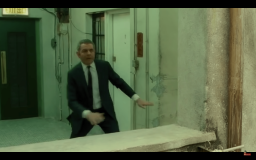
Johnny then runs out of the room and heads towards the elevators to find the sniper, who is still unknown to Johnny. Johnny then spots across the corridors, through the window of the room he was just in, a stranger stealing a key from the man that was just shot. Johnny dashes through the narrow, perpendicular corridors; which formed an open square in the middle. The camera shows intense, tight up shots of Johnny and the thief making tight turns as they run. When the thief gets trapped into a corner by Johnny, he takes advantage of the narrowness of the corridor by performing parkour to get through Johnny. The everyday, narrow corridors of Hong Kong hostels were being shown in a new light; they were able to showcase the small space into a big event, with danger lurking around every corner. In typical spy movies, the sniper is usually positioned far away from the target so that they won’t be caught. But because Hong Kong hostels are so small, the sniper had no choice but to do it just a few meters away, opposite from the room; and because everything was happening in close proximity, the viewers could feel the intensity of the scene.
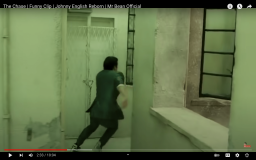
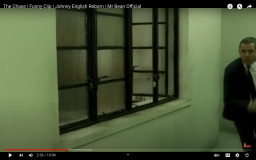
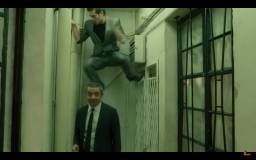
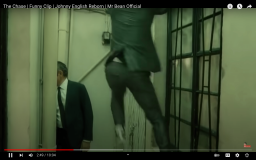
We are then taken to the roof of Chungking Mansion, where the chase continues. The thief treats the everyday Hong Kong rooftops like a jungle as he parkours his way through all the different obstacles that are in his path. Johnny contrasts this by using simple methods to get through the obstacles. It’s ironic because a local (the thief), maneuvers his way around like he doesn’t know the place. But, Johnny, who is a foreigner, is the one navigating around the rooftops with ease, almost as if he is familiar with the place. This scene highlighted Johnny’s genius; it told the audience that even though you’re old and no longer physically adept, if you carefully observe your surroundings, you can successfully get through any obstacle in your way.
Brian Cheng, 3035929891
Appreciate your attempt to discuss the 2011 film directed by Oliver Parker by studying the “everyday hostel” in the film. What is the “everyday” character of this hostel? How important is its “everydayness” important to the film plot narrative? Is this a description that you confirm during your fieldwork, be it an actual trip to the hostels in Chungking Mansions (and even other similar ones inside buildings along Nathan Road) or a virtual trip via the blogs/vlogs of others who have stayed in them and describe their experiences? Here, it is unclear what is the “fieldwork” that you have conducted. Did you attempt to identify and visit physically or virtually the “Kowloon Paradise Hotel” in the film to understand how the film has captured it and what was changed or manipulated to emphasize the plot narrative? If you did not conduct a field trip in person, did you do so virtually, i.e. “visit it” through other people (media reports, personal blogs, videos, etc.) who had done it? Are the spaces in the film that are presumably in Chungking Mansions actually shot there? Are there any clues to suggest otherwise? Through the fieldwork, you can also reflect on the way the spaces you mentioned were used in the film and how they may or may not be possible to be utilized as such in reality (for example, parkouring in the corridor and rooftops of Chungking Mansions). Otherwise, it remains a film analysis or synopsis.